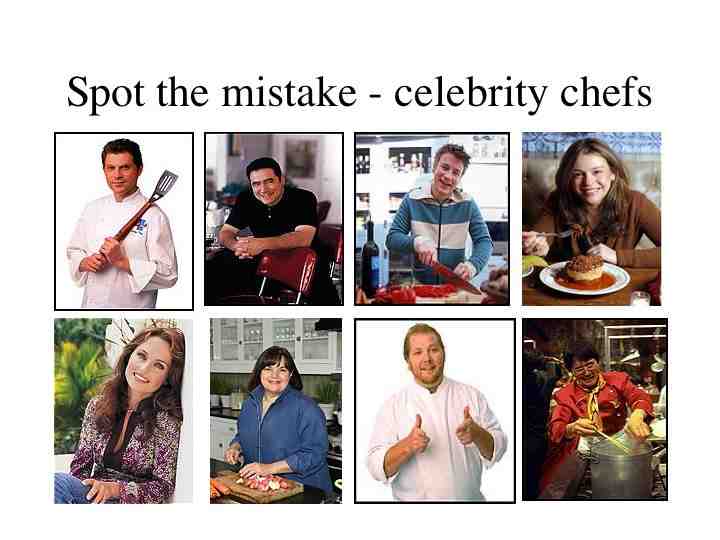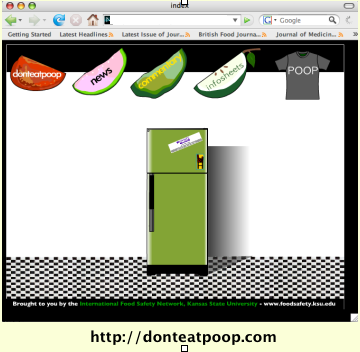Tomorrow marks the one-year anniversary of Florida’s so-called doggy dining law, a three-year experiment allowing pooches on restaurant patios.

Watching dogs in restaurants, stores and trains as we tour France has made us wonder if indeed 60 million Frenchmen can’t be wrong.

Yet the other night during dinner at a patio table next to us, a couple sat with their ‘tween son and a tiny doggy that they passed from person to person until the food came. The Yorkie was then expected to sit calmly under a chair while his family ate. Within minutes he started yelping when a large stray wandered by looking for handouts. Most of the diners good-naturedly ignored the dog, but our neighbors, clear dog lovers, juggled patting the big beast, feeding table scraps to their own puppy, keeping the two from scuffling (surely the tiny dog would win), and finishing their dinners. The management softly discouraged feeding scraps to the stray, but there was no real effort made to dissuade him from joining the families.
No one seemed bothered.

But poop happens. Having to engage in athletic contortions to avoid dog poop in the narrow streets of Nîmes, Marseilles or Toulouse makes us recognize that dogs without yards, grass-lined sidewalks, and pooper-scoopers, quickly make an otherwise lovely city unsanitary. One pioneering doggy-friendly restaurant in St. Petersburg, Florida discovered this when a canine guest had diarrhea during peak hours. The owner said, "Ultimately, we’re here to serve people, not dogs," and reverted to the no-dogs-allowed camp.
As lawmakers in Oregon, Missouri, Washington, Florida, Chicago, Austin, Dallas-Fort Worth, New York City and San Diego have discovered, there are reasons why dogs and their companions should — and should not — be allowed to “have a brewski together, a hot dog together or whatever they want” as former governor Jeb Bush worded it a year ago in enacting Florida’s legislation.
Florida appears to have considered the risks — at least on paper. And although doggy dining may be convenient for a client, for the restaurant owner it’s not as simple.
Under the law, Florida cities are able to enact an ordinance allowing restaurants to apply for permission to open their patio doors to dogs, under the following conditions:
• food service employees must not touch, pet or handle dogs while serving food or beverages;
• food service employees must wash their hands promptly after touching, petting or handling dogs;
• patrons must be advised to wash their hands before eating and the restaurant must provide waterless hand sanitizer at each table;
• dogs must not come into contact with serving dishes, utensils and tableware or other items involved in food service (this is the only applicable law in France);
• dogs will not be allowed on chairs, tables or other furnishings.
• accidents involving dog waste must be cleaned immediately and the area must be sanitized;
• cats and other pets are not covered by the law; and,
• local governments can issue a fee to the restaurants for permit.
While the benefits for a dog-loving nation may seem apparent, there are any number of risks: tripping, biting, dog fights, barking, allergies, and the transfer of dangerous microorganisms such as E. coli, salmonella and cryptosporidium, among others. If it’s difficult to get employees to wash their hands after using the bathroom, what about after touching a dog? And do public health inspectors, who already investigate both dog bites and restaurants in many cities, really need more of both without extra help?
The transfer of pathogens from dogs to humans (and vice-versa) is well-documented — but not on restaurant patios. The outbreaks of foodborne illness just aren’t there. A pre-rehab Britney Spears changing her baby’s diaper on a restaurant table likely poses a greater risk.
As pet owners, we would likely choose to frequent restaurants that allow our (exceedingly well-behaved) dogs on the terrace, as we have done in the past.

If we were restaurant owners, we would want to know we weren’t serving poop, whether it came with the bags of spinach, was ground up in the beef that wasn’t sufficiently cooked, or transmitted on our patio by a pet. Further, we’d want to know the dog — and more importantly the owner — before they came anywhere near our patio.
The evidence suggests that dogs can and should be allowed on restaurant patios — but only at the discretion of restaurant staff and only if staff and owners follow the Florida protocol.
Amy Hubbell and Douglas Powell are with the International Food Safety Network at Kansas State University.
 Canadian government lost track of cattle imported from the UK in the 1980s and 90s and that "the government released a report in 2006 that said the likely cause of Canada’s BSE crisis was one of these cows — whoops." Mr. Pallett also goes on to say it took 18 months for Canada to act on a World Health Organization recommendation in 1996 to ban feed containing cattle or sheep remnants.
Canadian government lost track of cattle imported from the UK in the 1980s and 90s and that "the government released a report in 2006 that said the likely cause of Canada’s BSE crisis was one of these cows — whoops." Mr. Pallett also goes on to say it took 18 months for Canada to act on a World Health Organization recommendation in 1996 to ban feed containing cattle or sheep remnants. 


.jpg)

 The story comes from
The story comes from .jpg) barfblog, which includes categories such as celebrity barf and yuck factor. At the height of the E. coli O157:H7 spinach outbreak in 2006, Powell noted that people who got sick were eating cow feces, and advised, Don’t Eat Poop. T-shirts to encourage proper handwashing — and not to eat poop — are available in English, French, Chinese and Spanish.
barfblog, which includes categories such as celebrity barf and yuck factor. At the height of the E. coli O157:H7 spinach outbreak in 2006, Powell noted that people who got sick were eating cow feces, and advised, Don’t Eat Poop. T-shirts to encourage proper handwashing — and not to eat poop — are available in English, French, Chinese and Spanish.





.jpg)



